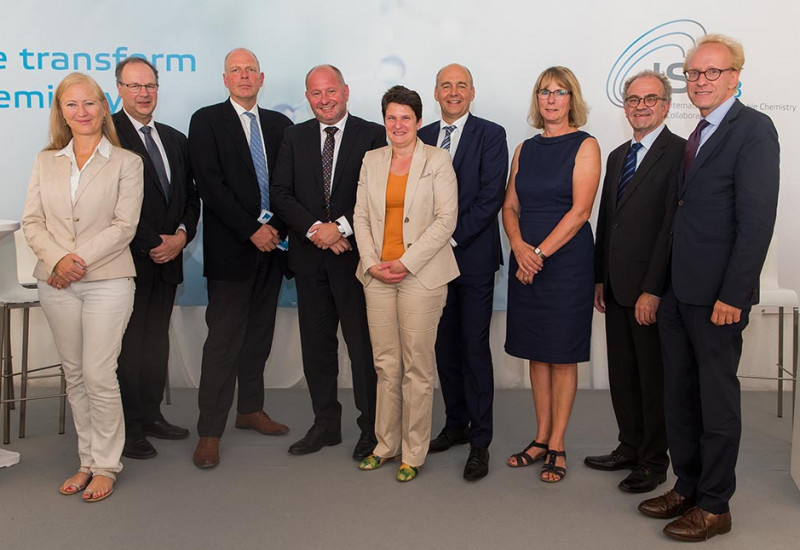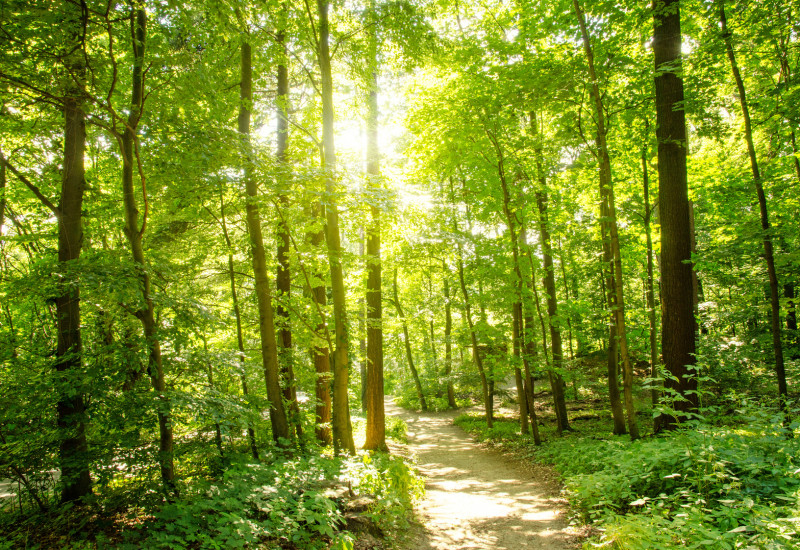
No.: 5/2018The Latest from UBA
Dear Reader,
Walking is the most natural way of getting from A to B. It’s healthy and it protects the environment. In practice however, the urban form doesn’t always stimulate walking – at times it can even be dangerous. That is why we take the view that walking should be encouraged more and have presented our ideas on how this can be achieved. Find out more in the leading article in this edition of the newsletter. We have also developed ideas for a new long-term climate protection strategy of the European Union. This is because the current EU goals for protecting the climate and reducing emissions are far from sufficient for being able to achieve the long-term goals of the Paris Agreement. Greenhouse gas emissions can also be limited at waste water treatment plants. We want to support both municipalities and the world of industry with this task as well as with the recovery of active agents and the reduction of micro-pollutants in waste water. Read more about the new “Innovative Waste Water Technology” funding priority of the Environmental Innovation Programme.
Wishing you informative reading
The UBA press office






















